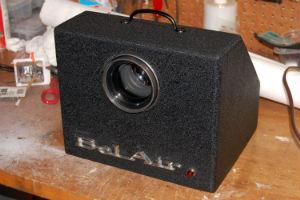 One of the pioneers of the audiovisual industry in Mexico recounts what those first days were like
One of the pioneers of the audiovisual industry in Mexico recounts what those first days were like
Alberto Camilli Colunga*
In 1961, a company emerged in Mexico City that intended to dedicate itself to film production, first in 16 mm, and then, if possible, in 35mm. His name DOCAM S.A., and its creator, Ernesto Camilli Colunga, my older brother, who offered me to start collaborating with him and learn (together, because he also knew nothing about this medium) the cinematographic technique.
Our first goal, to be able to film the titles of the television series that were presented in Mexico and that, thanks to the drawing skill we had, we were in charge of doing since months before. Then came the idea of promoting the filming service, to capture the first important infrastructure works that were being carried out in our country: dams, roads, railways, housing units, such as the nonoalco-tlatelolco, standing out among them.
We were acquiring experience and also equipment, until we managed to install our own projection room, in the Colonia Viaducto Piedad. This projection room was also conditioned to function as an audio recording room, it was acoustically coated, a "modern" Westrex mixer was installed, with the fabulous amount of six input channels, for microphone or for line, which measured approximately 1.50 meters wide.
The Ampex recorders, with 1/4" tape and 2,400-foot reels, were the ultimate in professional quality. We were able to acquire a recorder and two players, two turntables with 3 arms (the mixing of musical backgrounds was thus being done); and two "studio" AKG microphones, plus three 16 mm and two 35 mm players, a 16 mm recorder and a 35 mm recorder.
On one of the trips to the United States, which I had to do at least every two or three weeks, because there were no 16mm Eastman Color laboratories in Mexico, I saw an Ampex "stereophonic recorder", for 1/4" tape, but with 71/2 reels.
They told me what this new format consisted of, which could be done at will "the separation of channels", it was heard, incredible! So I bought one, and took it to our recording room. It was also necessary to buy a Marantz pre-amplifier, two amplifiers and two Altec baffles, so that an adequate volume of reproduction could be had. The maximum thing was to invite customers to listen to a stereophonic recording on that computer.
It could be recorded on the two channels "separately", it could be recorded on the left, then put to play this channel and at the same time record on the right. At first I did not see much use to that, I had loved the "separation of channels". A lifelong musician, neither slow nor lazy, I began to do tests, recording a melody with piano on one of the channels and then, increasing the drums on the other channel. And they could be heard separately, one on each side.
In one of many visits, I invited a friend whom we had used as an announcer, on several occasions and who at that time had acted in a series of commercials for television, of great popularity, playing the role of a gangster – with a rather bad luck, because nothing went well, Sergio Guzik.
A short time later, he called me and asked me for the room for a "stereo" recording. We recorded his voice, the musical backgrounds, the mix was done, but he told me "in monaural please". Then he took a device out of a box he was carrying: two Voigtlander transparency projectors, connected his shed and told me: now, record the mixture in one of the channels of your machine and in the other, connect a cable that goes from the output of this device. So we did. We began to play the recorded channel; and he was pressing a button, which emitted a frequency; and at each impulse, the projectors changed from one to the other. After the shot he took for good, we reproduced that and voi la!
The projectors changed from one to another, with a short dissolution between them, the cadence of changes was slow, but that automated combination, presented many possibilities, since, in addition, those images, by the format of the transparencies were of a great quality. It was the first contact I had with the "audiovisual", the happy exchange control, Sergio had brought it from Germany.
Weeks later I went to visit his company and he told me that Germán Valdés of the company Mannin Display had obtained some American equipment that did the same as his, but with projectors of 35 mm transparencies.
A few days later, the Capetillo sisters, who had a company dedicated to the display, asked me for a film to be playing in a stand, and they told me that they had brought from the United States a device that had caught their attention, but that they did not know if it would have any practical application. Two Kodak projectors were connected to it and could be operated alternately, its reproduction was manual, it could not be synchronized to the sound, as I had seen that it could be done with the German equipment.
We had great friends among the executives of Kodak Mexicana, I went to see them, told them what I had seen and they began to investigate. In a few days, I was told that in a short time a new model of projector would come out, which brought many novelties, the AF1, with autofocus and a "multifunctional" connector.
A technician named Enrique Lohman, of Chilean origin, came to see me, to tell me if he could work with us. He commented that he had been able to operate, in the United States, a device that recorded pulses and made two projectors move forward alternately and making their respective changes. We began to assemble two "light tables", which were 2.40 meters long by 80 centimeters deep and a height of 90 centimeters, the cover was double, a first layer of an opaline acrylic, which with the lower light tubes, gave a very bright flat light and on top a glass 6 mm. thick, to be able to accommodate the transparencies.
A "copete" was also built, also with interior light and the same materials, but with a slight inclination, and to which aluminum gutter "guides" were applied; horizontally, along and every 6 centimeters. Vertical lines were marked, to "separate" those that would correspond to each projector; and there, the selected transparencies would be placed, among the hundreds that were put on the surface of the table.
The system was interesting, soon teams emerged that were making the presentations more and more impressive; inventiveness gave rise to creating "optical effects" in the transparencies, it was necessary to overcome what the other colleagues began to try. Every time there was an opportunity to see a work of a competing company, it was necessary to analyze how they had made a certain effect, in order to overcome it. Everything was handmade, based on ingenuity, skill, pure creativity, using materials that, placed on the transparency directly gave it "reflections", "tonalities", "degradations". That was a constant battle to make the images as impressive as possible.
Teams emerged that began to give enormous versatility: first the Quadra Cue, the No. 1 and in a few months it had emerged at No. 2 (with different frequencies of reproduction). They operated directly and then with a Dissolve Selectro on each channel, which doubled the number of possible projectors. The initial luxury "standard" was the presentations to "three screens / six projectors", which very quickly changed, since you could already have, with the dissolve controls, up to 12 projectors (still operating only "in pairs").
*Alberto Camilli Colunga, Commercial Director of Eventos Comunicación e Imagen, S.A. de C.V.












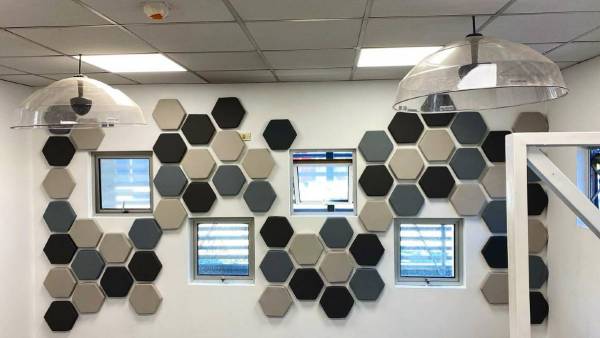
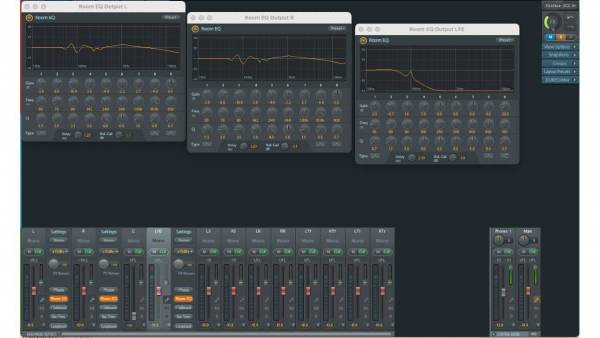
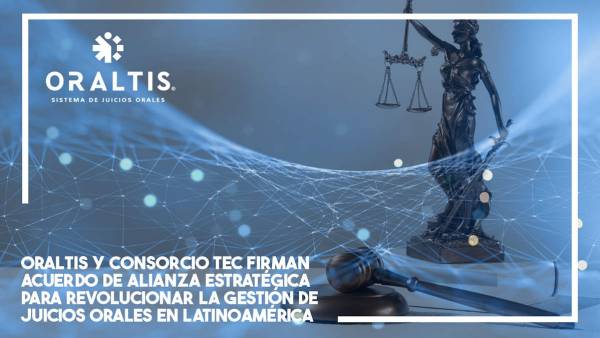
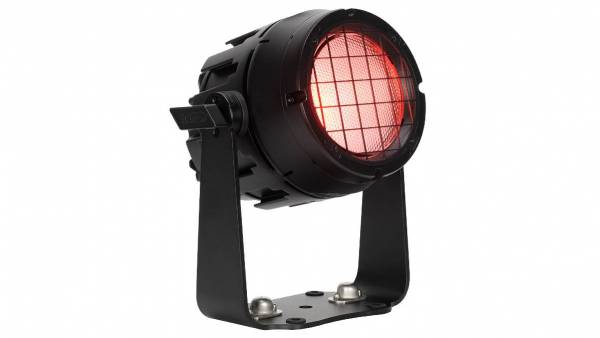
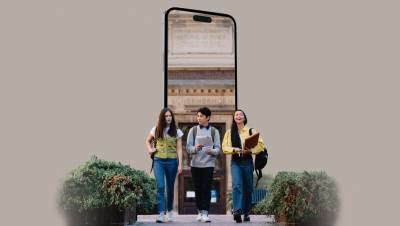
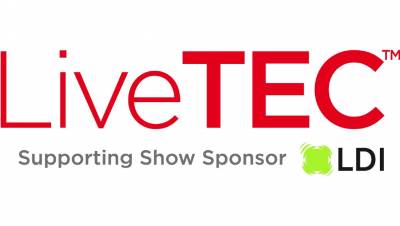








Leave your comment